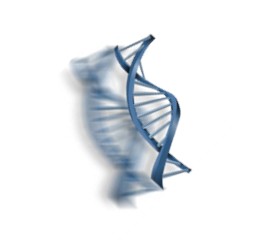The FBI’s national DNA database, the Combined DNA Index System Program, includes an Arrestee Index of DNA profiles of people arrested in states where local law allows the collection of samples. The procedure of collecting DNA from arrestees has provoked longstanding debates. The US Supreme Court ended the debates with their June 3, 2013, approval of the controversial practice in a 4-3 decision.
The case Maryland v. King began in 2009 with the arrest of King for first- and second-degree assault charges in a Maryland facility. In compliance with the Maryland DNA Collection Act (MDCA), personnel took a cheek swab from King to generate a DNA profile. After King’s DNA profile matched the profile of DNA recovered during an investigation of an unsolved 2003 rape, King was charged with that crime. At his trial, King tried to suppress the DNA match, arguing that the MDCA was unconstitutional, because it violated the Fourth Amendment. The judge was not persuaded, and King was convicted of rape. The Maryland Court of Appeals set aside the conviction on the grounds that the parts of the law that authorized DNA collection from felony arrestees is unconstitutional. The State of Maryland appealed the decision to the Supreme Court.
The Supremes reversed the Maryland Court of Appeals. Four justices decided the following:
DNA identification of arrestees is a reasonable search that can be considered part of a routine booking procedure. When officers make an arrest supported by probable cause to hold for a serious offense and they bring the suspect to the station to be detained in custody, taking and analyzing a cheek swab of the arrestee’s DNA is, like fingerprinting and photographing, a legitimate police booking procedure that is reasonable under the Fourth Amendment.
The opinion is worth reading not only for the brief history of methods used to identify criminals, but also for the dissent. As a preview, the dissenting Justice Scalia wrote: “The Court’s assertion that DNA is being taken, not to solve crimes, but to identify those in the State’s custody, taxes the credulity of the credulous.”




